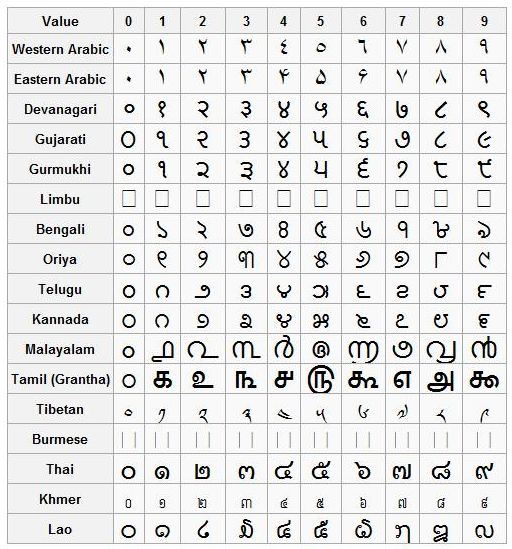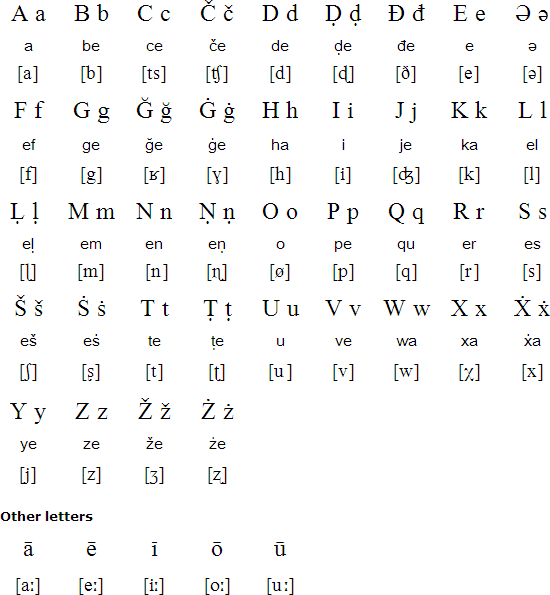

C can be placed before D (500) and M (1000) to make 400 and 900.X can be placed before L (50) and C (100) to make 40 and 90.I can be placed before V (5) and X (10) to make 4 and 9.There are six instances where subtraction is used: The same principle applies to the number nine, which is written as IX. Here we have I (1) before V (5) and because the smaller number is before the larger number, we know that we have to subtract here – making IV four. Instead the subtractive principle is used. The Roman numeral for three is written III, but four is not IIII. The Romans didn't like writing four of the same numerals in a row, so they developed a system of subtraction. Roman numerals are usually written largest to smallest from left to right. If we take this a step further, the number twenty-seven is written as XXVII, which when broken down looks like XX (20) + V (5) + II (2) – all totalled up it equals to twenty-seven.

The number twelve is XII which is just X (10) + II (2). For example, the Roman numeral for two is written as ‘ II' which is just two one's smushed together. We use these seven letters to make up thousands of others. Roman numerals are written using seven different letters: I, V, X, L, C, D and M, they represent the numbers 1, 5, 10, 50, 100, 500 and 1,000. Numerals Quiz Chart 1 to 10 Chart 1 to 20 Chart 1 to 50 Chart 1 to 100 Chart 1 to 1000


 0 kommentar(er)
0 kommentar(er)
